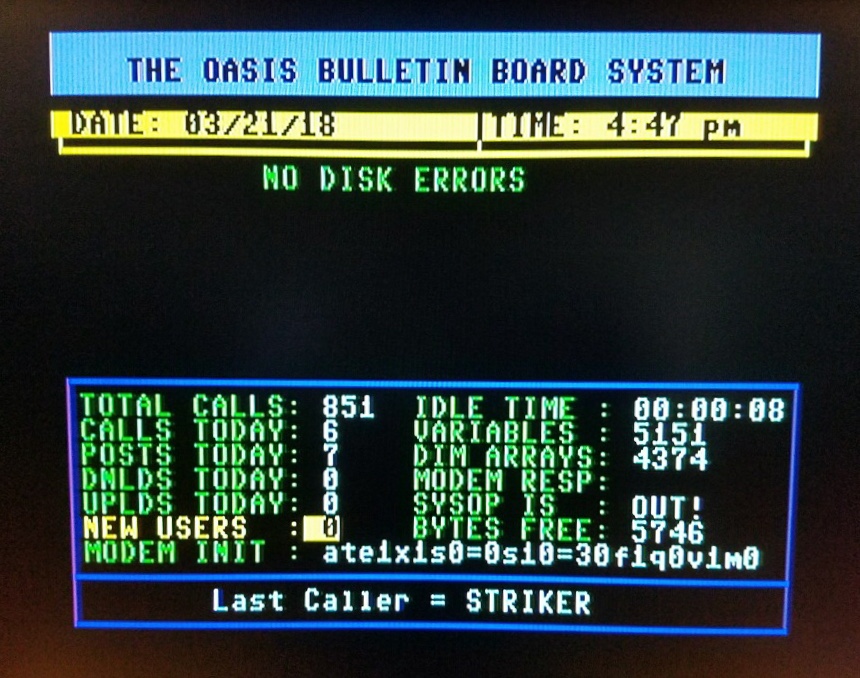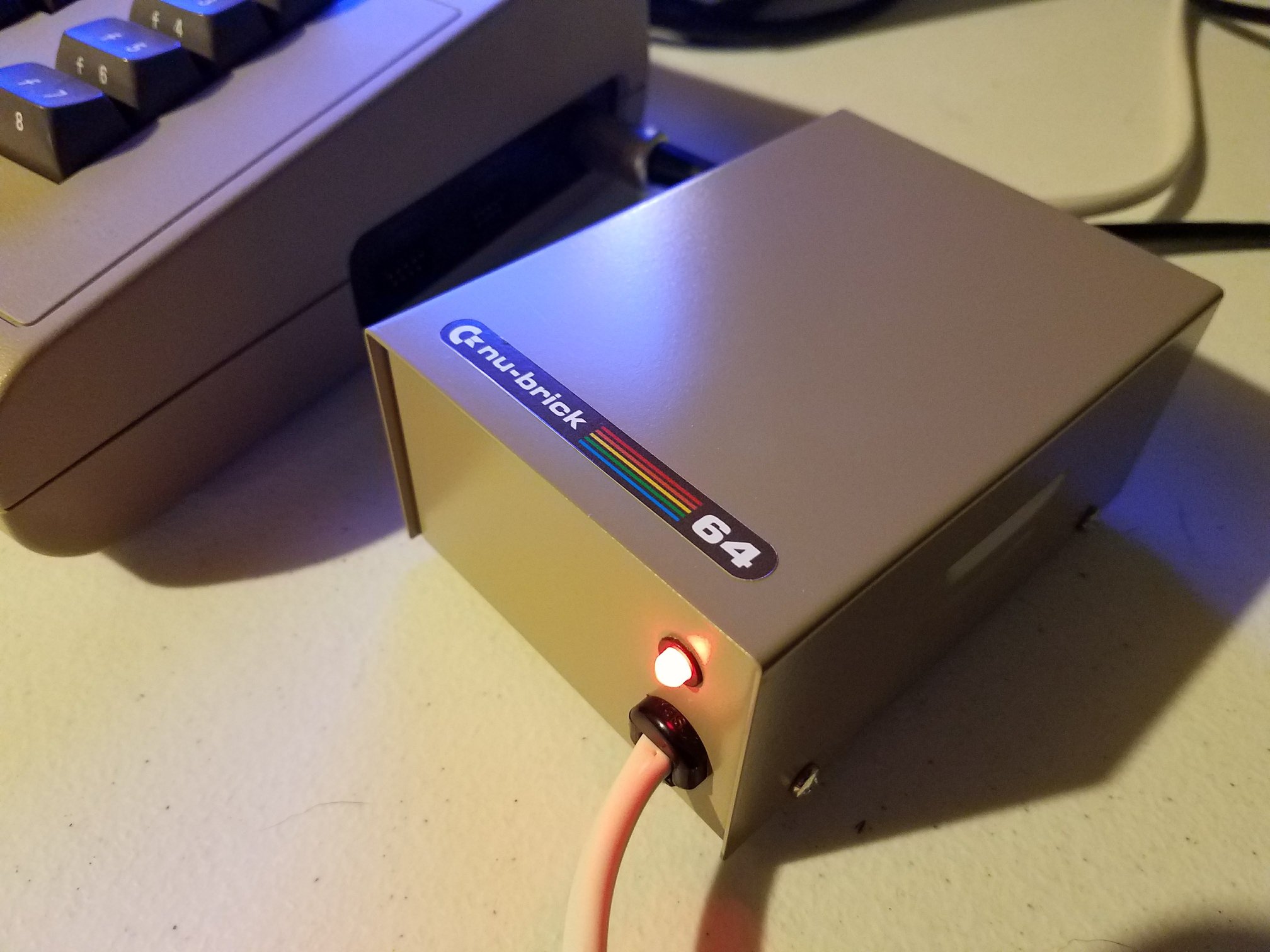EpicMusicFan walks viewers through the process of managing sprites in a simple 1 line BASIC demo for the Commodore 64. The tutorial focuses on cleaning up the initialization of VIC and SID registers, removing unneeded settings, and building simple animations. It also highlights a faster approach that uses sprite pointers instead of long data lines, which helps demo creators work more efficiently.
Adjusting the Initialization Step
The video begins with a look at the startup code. Since the demo only uses one sprite and no music, the tutorial removes extra SID settings and unused sprite pointers. EpicMusicFan creates a small helper program to load the needed data. After copying the first line of the demo into the loader, the program is updated to define where the data ends. This approach keeps the process clear and avoids confusion later.
The helper program then displays each setup value. This makes it easy to remove unneeded items such as SID registers, extra sprite pointers, and the screen and border color settings stored at VIC plus 32 and 33. Once these lines disappear, the initialization becomes clean and focused.
Controlling Sprite Data on the Screen
Next, the video shows how to manage the sprite data. At first, several sprites appear on the display. However, removing the Y coordinates of the unused sprites stops them from interfering. After this, EpicMusicFan increments address 1024, which points to the top left corner of the screen. This reveals how the sprite image changes with each update.
Even though the results appear rough, this method creates a simple animation pattern. It also helps beginners understand how sprite graphics behave in memory.
Improving Animation Smoothness
To improve the effect, EpicMusicFan copies the line that writes sprite data and then modifies one version. The demo originally used the CLEAR command, which caused heavy flicker. Because CLEAR resets the whole display, the tutorial replaces it with HOME. This keeps the screen stable and improves animation smoothness.
With this change in place, the sprite animates with far less flicker. Although the second frame looks a bit messy, the technique works well. The video then explains that sprite pointer animation can run even faster, which sets up the next tutorial.
What Comes Next
The next video will compare both animation methods and explain why sprite pointer changes are significantly quicker. This helps BASIC programmers build more advanced and responsive demos on the Commodore 64.







